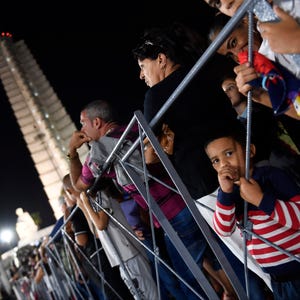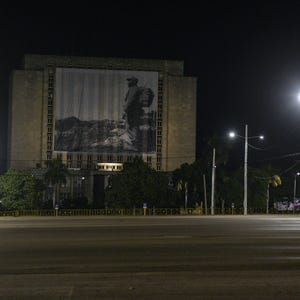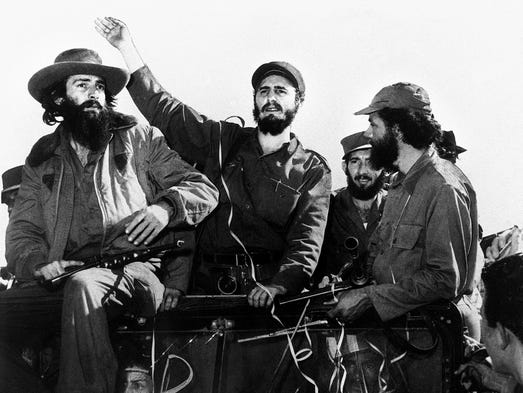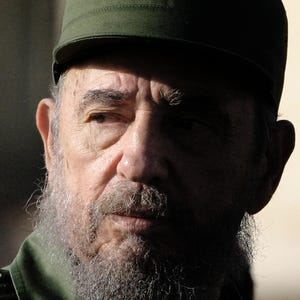There is one striking difference between the death of Fidel Castro and those of other communist leaders like Vladimir Lenin, Mao Zedong and Ho Chi Minh: no embalmed body for perpetual viewing.
When Cuban President Raúl Castro announced his older brother's death Friday night, he said Fidel would be cremated the next day, in accordance with the former leader's wishes. That will be followed by nine days of mourning, during which Fidel's remains will be displayed at memorials stretching from Havana to Santiago de Cuba, where the ashes will be buried Sunday at the Cementerio Santa Ifigenia.
The quick cremation is in sharp contrast to leaders whose bodies were embalmed and have been on public display for decades. Lenin, the founder of the Soviet Union who died in 1924, is in a mausoleum in Moscow's Red Square.
China's Mao, who died in 1976, is on display in a massive mausoleum in Beijing's Tiananmen Square, where long lines of viewers are common every day. North Vietnamese leader Ho Chi Minh, who died in 1969, also lies in a mausoleum in Hanoi.
The fact that Cubans have not yet been able to see their former longtime leader’s ashes is starting to pique their interest, said José Jasán Nieves Cárdenas, a Havana-based independent blogger and staff writer at eltoque.com.
He’s not surprised Fidel would choose cremation, given the Catholic schoolboy-turned-dictator's adherence to atheism and his belief in not idealizing a single person. “That Fidel won’t make his body an object of veneration is consistent with his attitude as leader,” Nieves said.
Since 1963, the Catholic Church has allowed cremations but still prefers that bodies be buried after a person dies. The Vatican announced last month that Catholics should not have their ashes scattered at sea or kept in urns at home, but should be kept in a “sacred place” such as a church cemetery.
Though educated by Jesuits, Fidel Castro has long had a thorny relationship with the Catholic Church. The Cuban leader banned church activity after seizing power in 1959. In the late 1970s, government control over churches began to loosen and was further eased after visits by Pope John Paul II in 1998 and Pope Benedict in 2012. Pope Francis, who was the catalyst for renewed U.S.-Cuban relations, visited the island nation last year and spent time with Fidel.
The ashes will be placed in the same cemetery as other Cuban icons, including revolutionary hero José Martí and Emilio Bacardí y Moreau, of the rum family dynasty. Just how closely his funeral adheres to Catholic liturgy remains to be seen.
“I think he cared little about fulfilling Christian rituals,” Nieves said.
















































